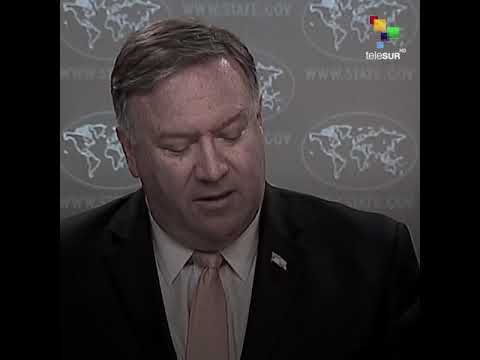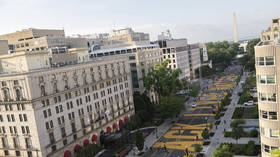Nepali Laborers Risk Their Lives For A Better Future
by Michael Demas, The Daily Bell:
 To strive in the face of adversity is the mantle of Nepali tradition. The country has a historically tumultuous government that has dissolved and transformed many times, either due to in-fighting, public pressure, or most infamously, the massacre of its royal family by its own prince.
To strive in the face of adversity is the mantle of Nepali tradition. The country has a historically tumultuous government that has dissolved and transformed many times, either due to in-fighting, public pressure, or most infamously, the massacre of its royal family by its own prince.
The current state of government affairs cannot be described without highlighting corruption, especially bribery. Combine this with recent devastating earthquakes, seasonally torrential weather that damages infrastructure, and a radically varied geography, and one has an idea of the issues that face this developing nation. It is no wonder why so many laborers have decided to work overseas despite dangerous conditions.
Families across the nation are working towards their own personal reconstruction effort since the 2015 earthquakes. The government provides subsidies for home construction made with the proper reinforcements to mitigate structural damage. However, large portions of raw materials and manpower have to be provided by the homeowner.
But the subsidy is inaccessible to beneficiaries most in need. According to the Kathmandu Post, “Financially stable people aren’t keen to collect Rs300,000 going through bureaucratic hassles. Those financially deprived are clueless how to seek additional funds for rebuilding homes.”
The National Reconstruction Agency (NRA) has had sluggish performance. Originally created to help expedite reconstruction efforts, this agency has only mobilized approximately 60% of its allocated budget for the current fiscal year. Its housing grant distribution initiative had a similar performance. There is a prospect for change, as recently elected local officials in the Gorkha district have petitioned the NRA to receive more authority over the distribution of funds. Increased involvement from this district could be a bellwether as to whether or not local authorities can alleviate federal inefficiencies.
Investing in education is also a national priority, especially since approximately 5,000 schools were destroyed in the earthquake. The Ministry of Education in turn granted over 150 NGOs and INGOs permission to construct more than 1,000 schools in 2016. Unfortunately, the NRA’s dismal performance only made use of 10% of its budget towards municipal facilities, which includes schools. Yet again, it is clear that foreign aid, like the government aid, cannot solely alleviate the financial stress of a nation’s population. Individual households shoulder their own destiny.
It is the long-standing plight of many Nepali men to work abroad and send money home due to a stagnant domestic job market. In itself, this is a missed opportunity, as the government could put laborers to work towards reconstruction efforts. Thanks to anemic results, workers seek employment in other countries.
Radical growth in Gulf Countries has accounted for a large portion of remittances, which constituted over 30% of the Nepal’s GPD in 2015. Malaysia, Qatar, Saudi Arabia and the UAE are by far the most popular destinations for laborers. In just Qatar alone, over 10,000 Nepalese acquired work permits just at the start of the New Year.



